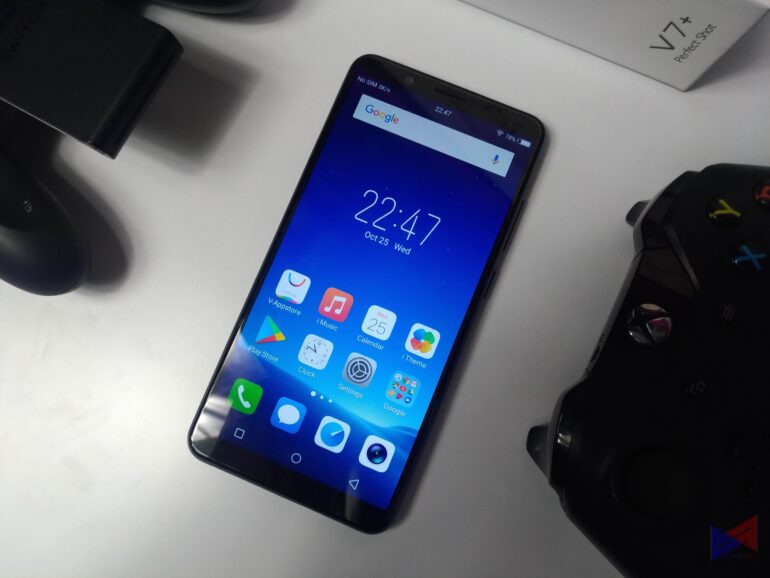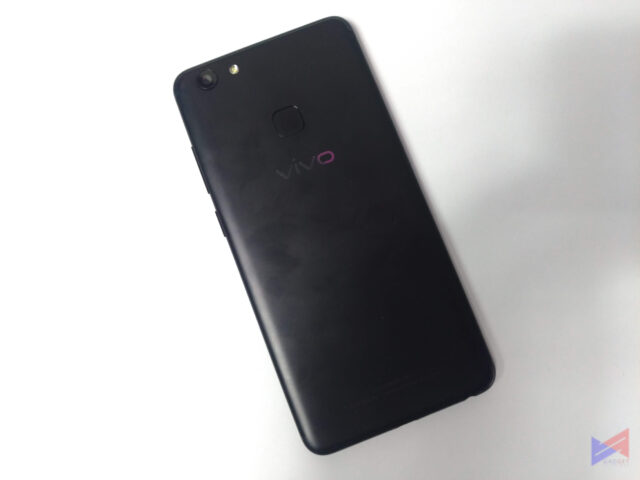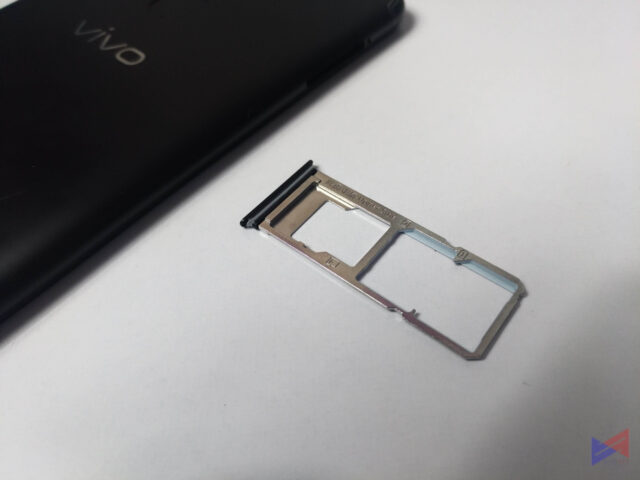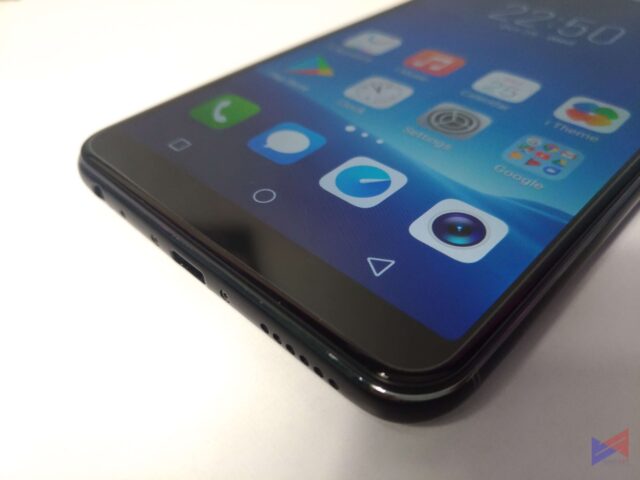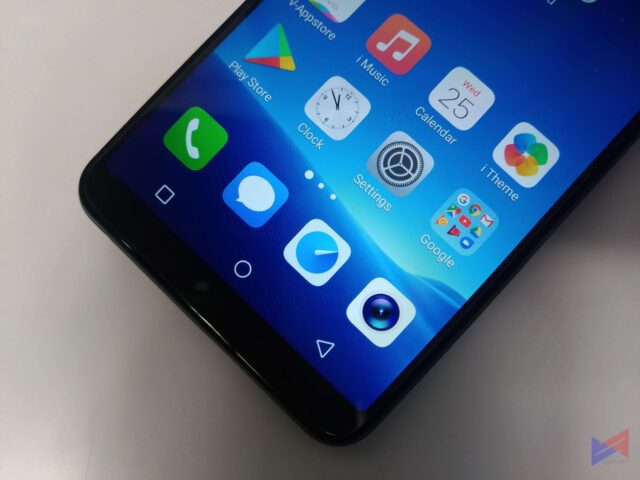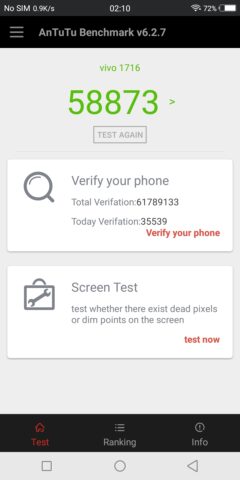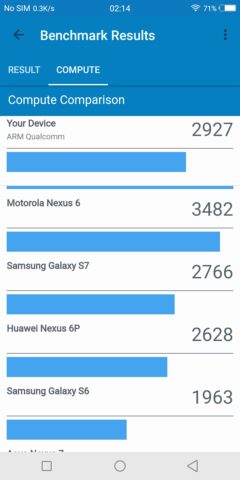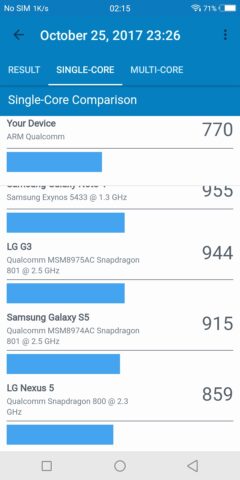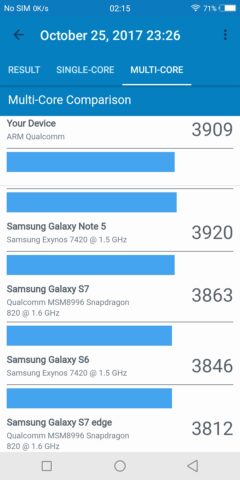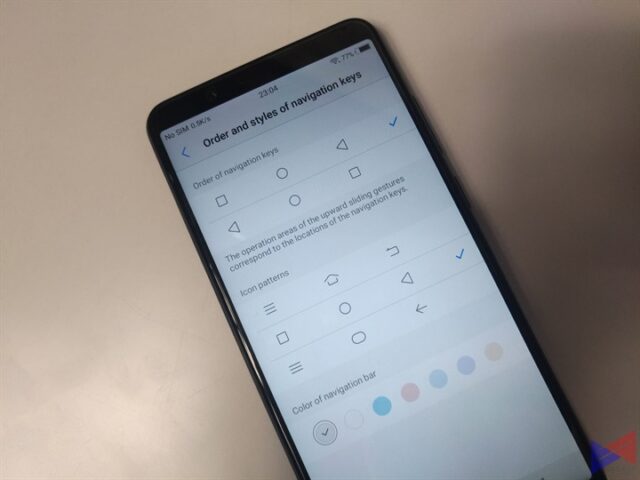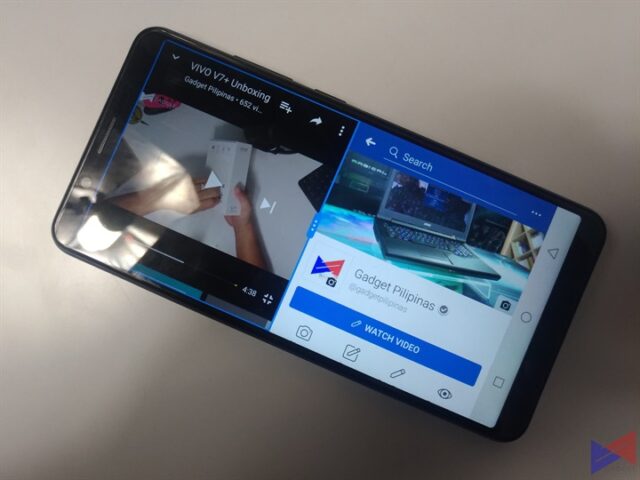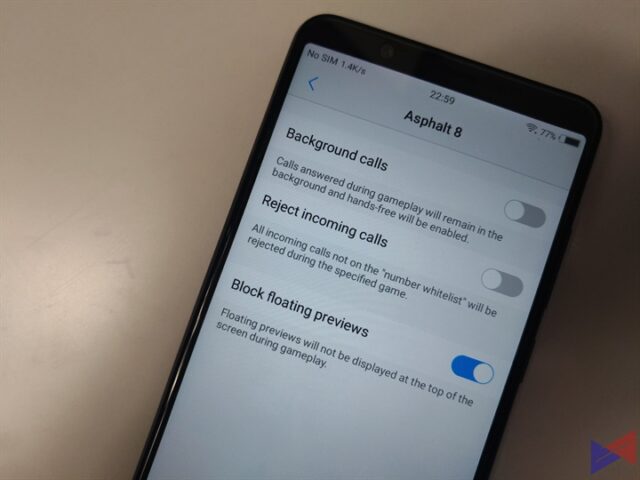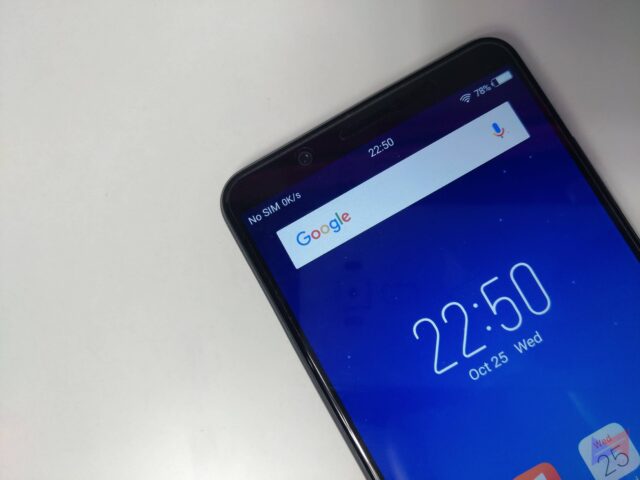The launch of the V7+ was quite a milestone for the Vivo, as the phone is the first one of only a few in mid-range segment to feature an 18:9 full-screen display, along with a sleek design that makes it a really beautiful piece of machinery.
And it’s not only on the outside, the Vivo V7+ also has a few tricks under its sleeve. It has an octa-core processor, 4GB of RAM, 64GB of storage, and a 24MP front-facing camera for gorgeous looking selfies, or so they say. This goes with a slew of other features such as a dedicated Hi-Fi chip for better audio quality, and facial recognition.
So is this phone, for all that it has, worthy of its PhP17,990 price tag? let’s find out in this full review.
Vivo V7+ Specs:
- 1.8GHz Qualcomm Snapdragon 450 Octa-Core Processor
- 4GB of RAM, 64GB of internal storage expandable via microSD card (up to 256GB)
- 5.99-inch 18:9 IPS HD FullView Display with 2.5D Gorilla Glass Protection
- 16MP Rear Camera, Ultra HD Mode, PDAF, f/2.0
- 24MP Front Camera, Selfie Flash, Face Beauty 7.0, Portrait Mode, f/2.0
- Dual SIM, 4G/LTE
- USB OTG
- Fingerprint Sensor
- AK4376A Hi-Fi Audio chipset
- Funtouch OS 3.2 on top of Android 7.1 Nougat
- 3225mAh battery
Design and Build Quality
The Vivo V7+ emits a very formal vibe, thanks to its matte finish. Even with a large screen, the phone is easy to hold and navigate with one hand. The back is slippery though, so you might want to take extra caution.
It uses a triple slot tray, which means you can use your microSD card without sacrificing one of your SIM cards.
It’s also odd that Vivo has chosen to stick with the standard microUSB port, when at this segment, most other brands have opted for Type-C’s.
The 5.99-inch 18:9 all-screen display has a resolution of 1440 x 720 pixels, which at first may seem underwhelming given the screen size and is also inexcusable for such a steep price tag. The slightly good news is that it’s not noticeable from normal viewing distance. Go up close though, and you’ll notice some jagged areas in the text and in some graphics, like the slider on the YouTube app.
Colors aren’t washed out, but are saturated enough that it still looks lively. Since there are less pixels on this screen, that means less battery power is required for it to stay running. More uptime, but less visual fidelity.
Performance
The Vivo V7+ runs on the new Qualcomm Snapdragon 450 processor, a chip that contrary to popular opinion, is actually designed for mid-range smartphones, touted to deliver more graphics and compute performance, as well as improved battery life compared to its older sibling, the Snapdragon 435.
So given its price, could they have put in something better? I think, yes. Perhaps a 625, or the newer 630 and 660 would’ve been nice. But how does the V7+ really perform? as far as day to day errands are concerned, may it be a mix of YouTube videos, social media, music and video playback, and a some picture taking on the side, the phone handles all of these well.
The V7+ also stacks up well in gaming. If Arena of Valor is your thing, you won’t have any major issues running it on this phone. There’s only occasional lag on the menus, but actual gameplay is very smooth.
While NBA 2K17 plays decently on medium settings, i suggest adjusting some options like crowd and sideline, for a better experience. There was a bit of heat buildup during gaming, but barely noticeable.
Camera
The V7+’s 16MP rear camera captures photos with accurate colors, but the overall detail is somewhat lacking. There’s also a hint of over sharpening, which make the photos look less natural. Low light shots came out better than expected. A bit grainy, but passable.
Staying true to being a selfie-centric phone, the 24MP front-facing camera captures selfies with very natural colors and great detail.
It’s also capable of achieving the bokeh effect, but the implementation is somewhat lackluster, as there are instances wherein areas that should’ve been blurred isn’t and vice versa.
The main camera is also capable of capturing slow motion videos. Using this feature is very straightforward, as all you have to do is tap the record the button and the phone will record the entire video in slow motion. It does lack features such as adjusting the speed, or even splitting the video into normal speed and slow motion sections. Moreover, the quality of the video is also lackluster.
Speaking of videos, the V7+’s main camera can capture 1080p videos with decent quality, but the lack of any stabilization means you’ll have to have a very steady hand to keep the quirks at bay.
Software
The V7+ runs on Funtouch OS 3.2 on top of Android Nougat 7.1. It’s a good thing that Vivo is now starting to catch up with the rest of the gang in terms of software. You still get the same goodies that makes it a joy to use and explore, only now, in an all-screen display. It runs smooth as as well, with no lag or stutters when navigating the interface.
What i’ve always liked about Funtouch OS is the way it presents the user with many ways to personalize the device, like being able to change the look of the navigation buttons, and double-tap to wake.
The V7+ features Split Screen 3.0, which allows you to run apps side by side. Very handy when for example, you want to watch YouTube videos while browsing Facebook, or use the File Manager while reading your latest messages. The number of supported apps is quite limited for the time being, but hopefully that gets addressed with future updates.
Vivo also introduces Game Mode, which basically blocks notifications for calls and messages while you’re playing a game. It also works well, just don’t forget to check your notifications after the round is over.
Vivo has also added a new security feature called Face ID Access, which lets you unlock the phone using Facial Recognition. Having tested it, i’d say it’s actually quite fast. There’s also an option that’s supposed to make recognition even faster, but increases the chance of the phone being unlocked with just a picture of the user. In short, less secure.
Audio
The V7+ promises better audio quality thanks to its dedicated Hi-Fi chip. With the feature enabled, overall sound signature on headphones seem to be balanced. Not for bassheads, but those who prefer emphasis on highs and mids will be pleased.
Vocals are presented with good clarity, while not being too sharp. Instrument separation isn’t that great, and the soundstage feels like you’re in a small room with band right in front of you.
Battery
Remember what I said about the display? this is where that pays off, as the V7+ delivers excellent battery life, more than enough to take you through a day of light to moderate use.
Verdict
The Vivo V7+ is a well-balanced device. Its display may not be the most eye-candy of all, but it does contribute to a stellar battery life, and more than decent gaming performance. The front camera also does a great job of taking good quality selfies.
On the flip side, the rear camera tends to over-process photos, and other features like Slow Motion video and portrait mode are unrefined.
For all of the good things that it has, Vivo should probably reconsider the pricing of the V7+ especially with the competition continuously pushing for devices that offer similar or even better features and specs, for less.
The Good
- Simple and Premium Looks
- Triple Slot Tray
- Gaming Performance
- Front Camera Performance
- Fast Fingerprint and Facial Recognition
- Great Battery Life
- Great Audio Quality on Headphones
The Not So Good
- Rear Camera tends to over-process images
- Poor implementation of Portrait Mode and Slow Motion Video
- HD Display
- Choice of Processor
- Price
Emman has been writing technical and feature articles since 2010. Prior to this, he became one of the instructors at Asia Pacific College in 2008, and eventually landed a job as Business Analyst and Technical Writer at Integrated Open Source Solutions for almost 3 years.

